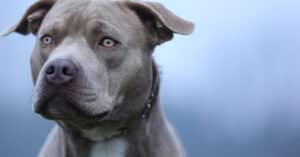Dogs are super lovable and one of the most popular choices for pets in the world. And while there are many reasons to love them, one of the most common is that they’re so darn cute. Whether big or small, short-haired or long-haired, dogs have a way of winning over our hearts with their fluffy coats and adorable faces.
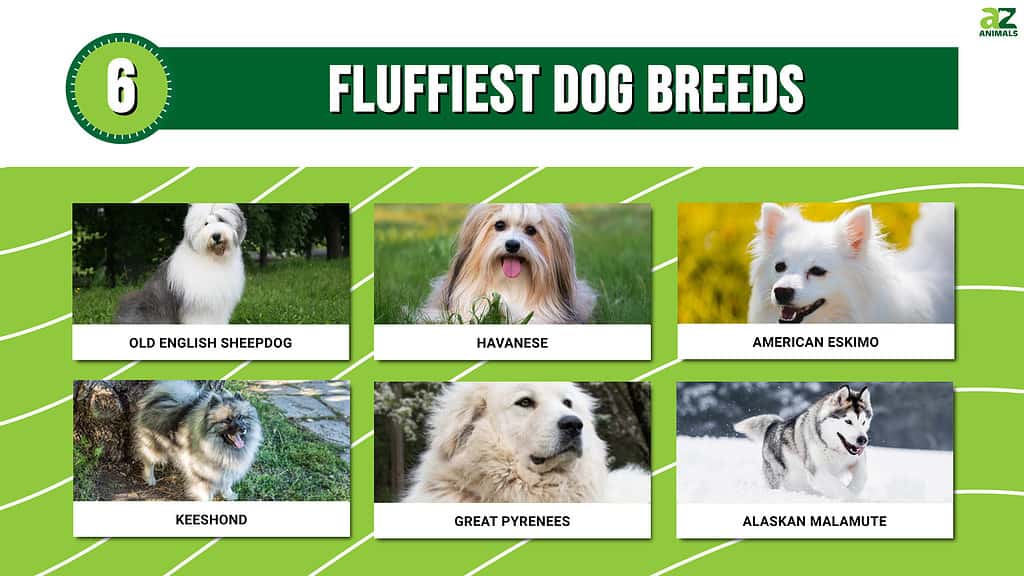
But it’s not just their looks that we love—dogs also have a wide range of personalities, which means there’s sure to be one perfect for every different kind of owner. So if you’re thinking of getting a great dog for you or your family, don’t discount the humble dog – they just might be the perfect match for you. In this adorable line-up, you’re sure to find a fluffy dog that will warm your life up!
1. Old English Sheepdog
Old English sheepdogs are intelligent, self-reliant dogs. They have fantastic humor and appear to relish their owner’s surprise at some of their antics. Some Old English sheepdogs can be guard dogs, despite not generally being thought of as such. They bark loudly, and some of them start to bother people. Dogs who are not mentally or physically challenged enough begin to chew and dig.
Old English sheepdogs thrive when given early socialization with people and other pets. They tend to be dog-aggressive, especially males. For this breed, taking care of the coat is very important. Maintaining the coat in show condition requires daily grooming, frequent baths, coat treatments, and restrictions on the dog’s activities. The majority of caregivers choose to shear the coat twice a year. Thankfully, Old English sheepdogs look good when they are clipped.
Old English sheepdogs do need some exercise, especially when they are young. Training is essential, along with plenty of socialization. These dogs are difficult to handle and are not recommended for novice dog owners. They are made to be serious working dogs and are happiest when given a task, whether competing in an obedience contest or herding a flock of sheep.
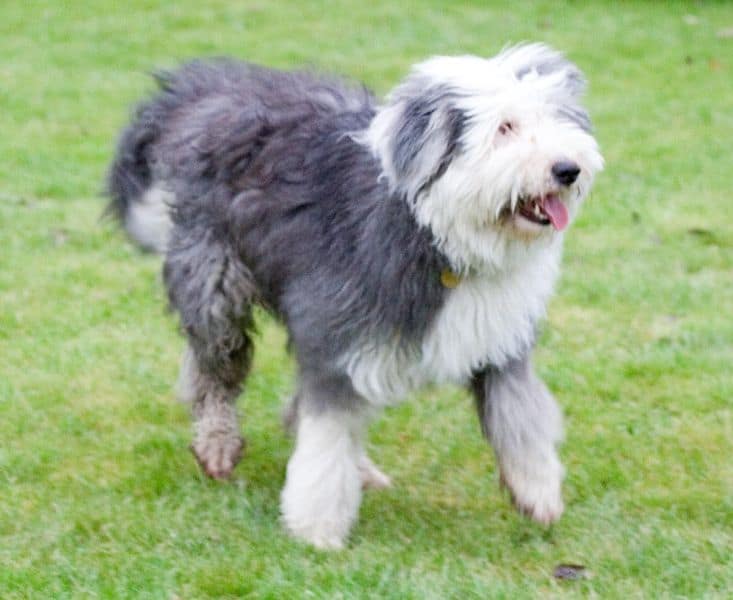
Old English Sheepdogs are loud barkers and make good guard dogs. They’re also SUPER-fluffy!
2. Havanese
The Havanese might be the ideal dog for you if you’re looking for a small dog with a generally calm disposition. These dogs typically get along well with kids and other animals. The Havanese is a friendly and gentle breed that fits well in various homes, including apartments. Due to their size and quieter barking, they make an excellent choice for RV living.
If you have much free time to devote to your dog, it is best to adopt this breed. Long periods alone won’t be good for a Havanese. When lonely and bored, these dogs are known to develop destructive habits or a need for constant companionship. Compared to short-haired dogs, Havanese will require more time for grooming. This breed is intelligent and typically picks up basic obedience quickly, along with any desired special tricks and dog sports.
The Havanese needs daily exercise because it is a moderately active small dog breed, but this breed only requires about 30 minutes of exercise per day. The Havanese don’t require much exercise or playtime inside the house to maintain their happiness and health. When given the right outlets for their energy, these dogs are happy to curl up on your lap and relax.
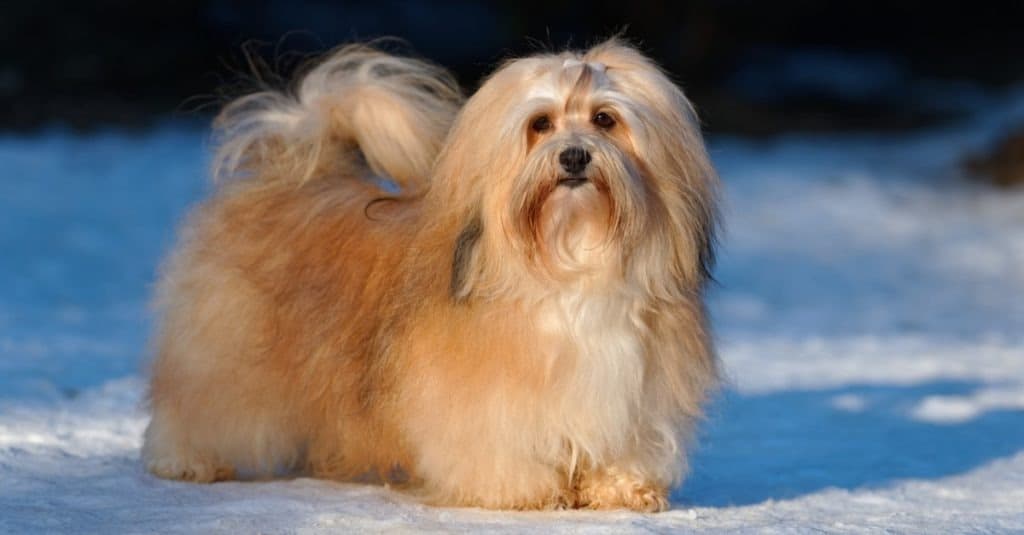
Havanese dogs are one of the softest, fluffiest dog breeds!
©Dorottya Mathe/Shutterstock.com
3. American Eskimo
An ideal family pet is the American Eskimo. Eskies are highly devoted to their owners and require their company. Despite their high intelligence, they can be stubborn. They make good watchdogs but tend to bark too much. To avoid becoming overly wary of strangers, they must be socialized with other people. Eskies can be properly socialized and introduced to strangers, making them more accepting.
An Eskie only requires a small amount of exercise, but it also needs a lot of activities to keep it busy; otherwise, it will find something to do. Like all canines with intelligence, they occasionally get bored and may chew or dig to pass the time. These canines are cunning and, if not adequately contained, are capable of escapes akin to Houdini. Dogs of the American Eskimos require interaction with their owners. They would tolerate other animals well if raised with household cats and dogs.
Like most breeds, especially Nordic breeds, the Eskie should not be kept with other pets like rodents, birds, or reptiles. Eskies are excellent watchdogs and are wary of strangers, but their large size is not a good deterrent. If they aren’t adequately trained, some Eskies can bark excessively. The Eskie’s thick coat helps it survive the bitter winters. However, since they enjoy spending time with their family, they shouldn’t only be kept outside.
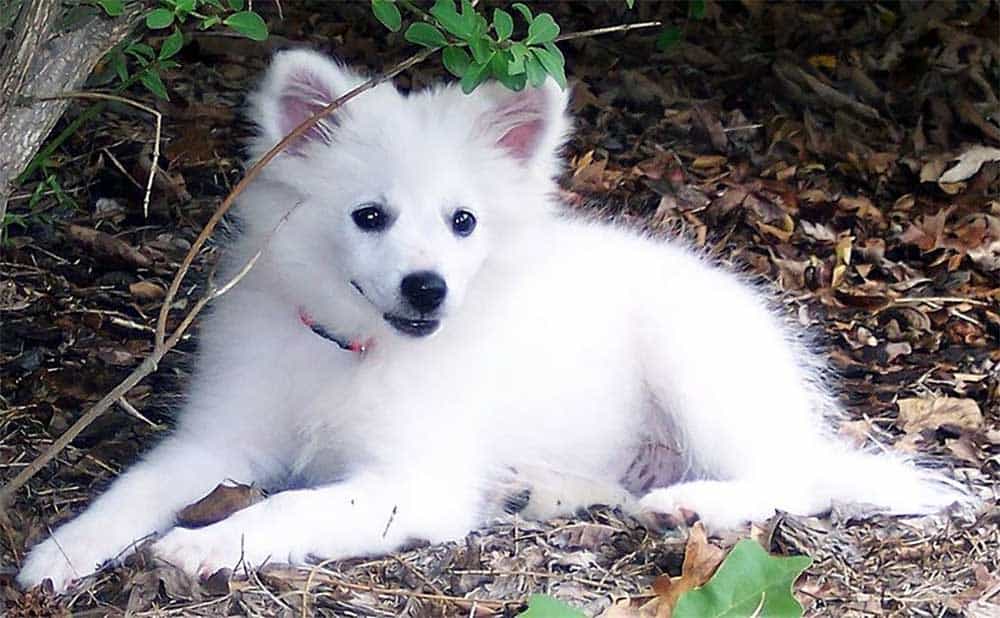
American Eskimo dogs are one of the fluffiest dog breeds around.
©StarSaber / CC BY-SA 3.0 – License
4. Keeshond
Keeshond‘s inherent tendencies make alert watchdog behavior usually unnecessary without additional training. However, once someone is welcomed into the home, the keeshond will accept them without hesitation. They very rarely bite. The keeshond is amiable toward both people and other dogs by nature.
They have high standards for affection and would instead be included in the family then left outside alone. Keeshonden can “talk” as well as bark. The alert keeshond barks to warn its owner when a stranger is nearby, but they rarely bark excessively. Keeshonden are charming dogs with intelligence and good looks. They are excellent family dogs because of their affectionate and playful nature. The Keeshonden are relatively simple to train in comparison to other northern breeds.
They don’t often bark incessantly, but they will do so to warn you that a stranger is nearby. A keeshond will be happiest if allowed to reside in the house with his “pack,” the family. Of course, the ideal scenario is one in which the dog can independently enter and exit the house through a dog door. Keeshonden can stay outside in cold weather, but suitable shelter must be offered. Due to their thick coats, keeping them in a hot and humid climate is not advised.
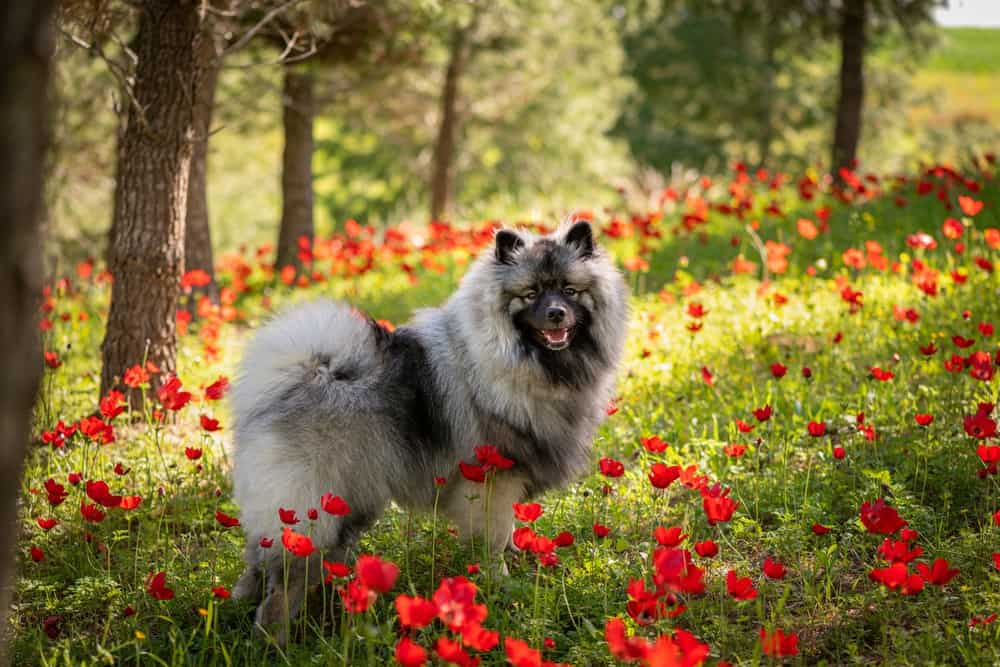
Keeshond dogs are incredibly soft and fluffy.
©Doczahi/Shutterstock.com
5. Great Pyrenees
A calm, well-behaved, and serious breed of dog, the Great Pyrenees is renowned for his unwavering loyalty to his family, which includes well-behaved kids. These dogs tend to be dependable, affectionate, and gentle, but they won’t think twice about defending their family and home if necessary. The Great Pyrenees are naturally relatively independent because they were bred to be left alone and watch over sheep in mountain valleys.
Compared to other breeds, this independence can make obedience training more difficult. The Pyr has a strong instinct to bark due to the same guarding roots. Great Pyrenees reach adulthood at one year, but maturation can take up to two years. The Great Pyrenees can make an excellent companion if you lead a quiet life and reside in a suburban or rural area. These dogs enjoy quiet times indoors and a regular, structured schedule. Socialization is crucial for this breed because of its protective nature.
Exposure to as many unfamiliar people, places, and circumstances as possible, especially when the Pyr is a puppy, will reduce any overly protective tendencies. Training a Pyr requires patience because they tend to be independent and stubborn. Even then, do not anticipate the Pyr to take home any obedience titles. Moderate grooming requirements. The double coat can be kept in good condition with routine brushing, but be ready for a significant annual shed. The outer coat does not mat, making maintenance reasonably simple.
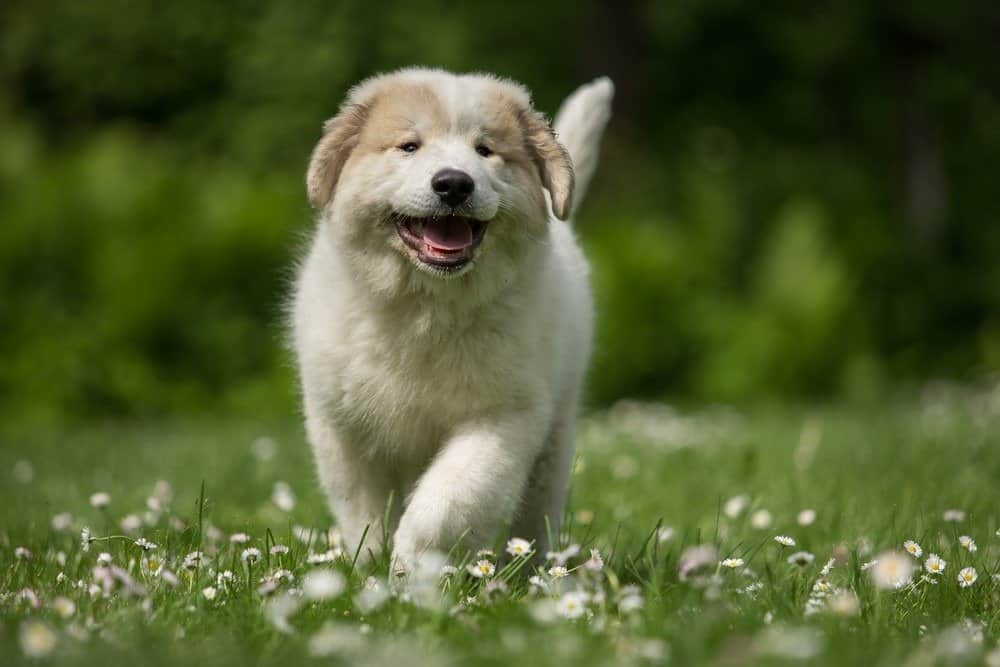
The only thing softer and fluffier than a Great Pyrenees is a Great Pyrenees puppy!
©DTeibe Photography/Shutterstock.com
6. Alaskan Malamute
A large dog needs a lot of time and attention, but the Alaskan Malamute will reward you with a loving, obedient member of your family. Because they are pack animals, these dogs need a strong pack leader. Malamutes are incredibly affectionate and have playful personalities when adequately socialized and trained by their owners (though, like their smaller Siberian husky cousins, they can also be stubborn). The Alaskan Malamutes aren’t the best guard dogs.
Due to their innate friendliness, members of this breed tend to greet strangers as allies rather than enemies. Of course, their intimidating size might be enough to keep potential burglars away. The Alaskan Malamute was bred to work, so it has substantial exercise requirements. While a sizable yard with space for energy outflow can help keep these dogs active and in good physical and mental health, it is insufficient to meet their needs.
Exercise programs for malamutes are beneficial. With these powerful, arduous working dogs, there are many options for stimulating and exhausting activities. They make fantastic companions for running, swimming, and backpacking in suitable climates. This breed’s heavy shedding may be one of its biggest problems. These dogs are covered in a thick double coat that is waterproof. Prepare to thoroughly brush your dog at least a few times per week, though some people advise brushing (and vacuuming) your dog daily to keep fur flurries under control.

An Alaskan Malamute has long, soft fur making them one of the fluffiest dog breeds.
©iStock.com/Liliya Kulianionak
Summary of the 6 Fluffiest Dog Breeds
| Rank | Dog Breed |
|---|---|
| 1 | Old English Sheepdog |
| 2 | Havanese |
| 3 | American Eskimo |
| 4 | Keeshond |
| 5 | Great Pyrenees |
| 6 | Alaskan Malamute |
The photo featured at the top of this post is © Anastasiya Tsiasemnikava/Shutterstock.com
Ready to discover the top 10 cutest dog breeds in the entire world?
How about the fastest dogs, the largest dogs and those that are -- quite frankly -- just the kindest dogs on the planet? Each day, AZ Animals sends out lists just like this to our thousands of email subscribers. And the best part? It's FREE. Join today by entering your email below.
Thank you for reading! Have some feedback for us? Contact the AZ Animals editorial team.





